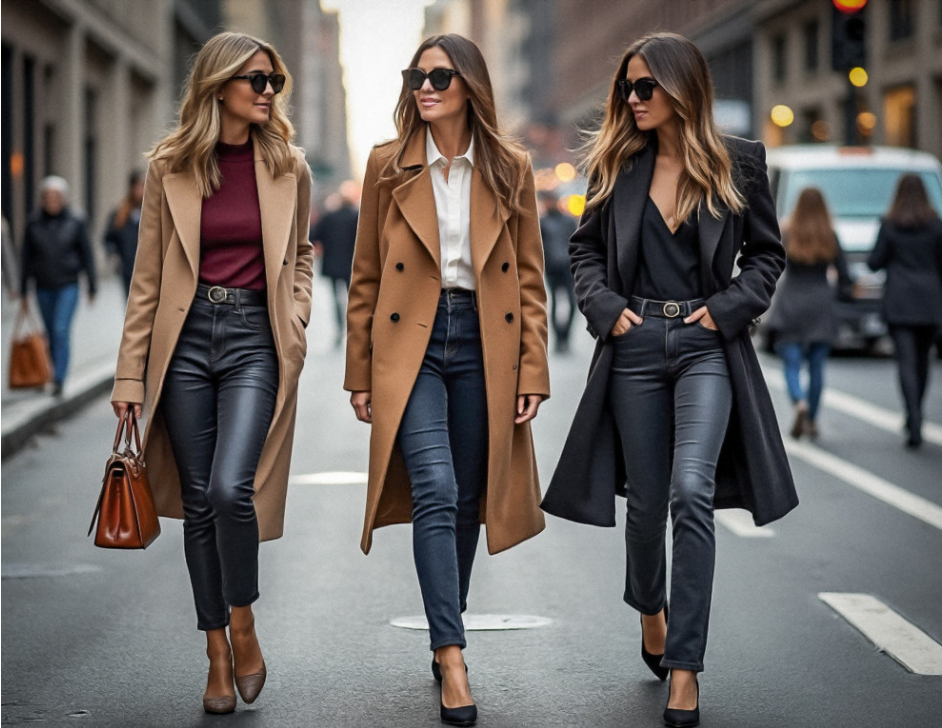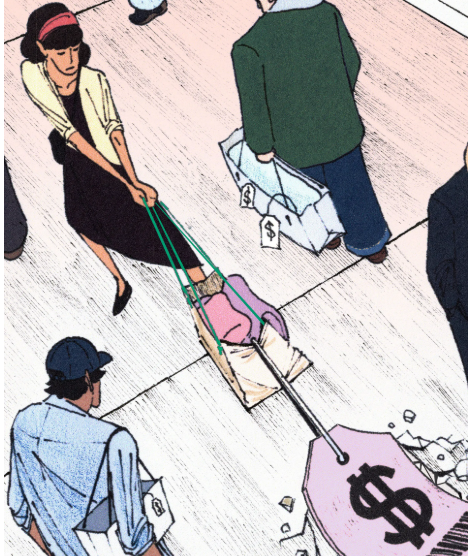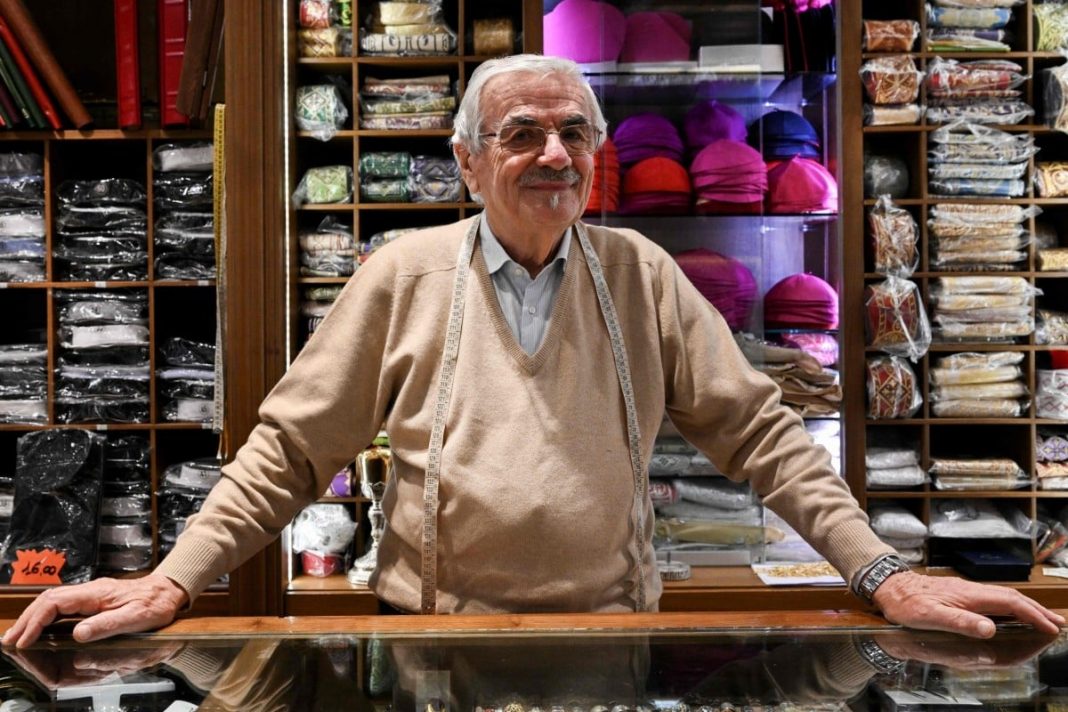Fashion serves as wearable artwork, each piece reflecting and narrating a story that permeates and transcends the layers of fabric and thread.
Fashion – A Timeless Expression of Art, Culture, and Identity
Fashion is much more than mere clothing; it serves as a dynamic mirror of our society, an artwork that undergoes constant transformation and renewal. From the exclusive runways of global fashion capitals to the urban streets, it shapes our daily lives and profoundly influences our self-perception.
A Comprehensive Definition
Fashion is a multifaceted phenomenon that extends far beyond mere apparel. It encompasses all aspects of human appearance—from clothing and accessories to hairstyles and makeup. As a means of expressing identity, fashion functions not only as a communication tool but also as a reflection of social, cultural, and individual developments. It embodies a continual dialogue between the individual and the community, between tradition and innovation, shaping trends while being shaped by society.
A Historical Perspective
The history of fashion is as old as humanity itself. In the earliest civilizations, clothing served not only to protect against the elements but also to signify social status and religious symbolism. Fashion at the European courts was characterized by opulence and extravagance, while industrialization democratized fashion, introducing new materials and production techniques. The 20th century brought significant upheavals, where fashion evolved into a symbol of rebellion, emancipation, and cultural diversity.
For example, the miniskirt of the 1960s became not just a fashion trend but also a symbol of the sexual revolution and women’s liberation.
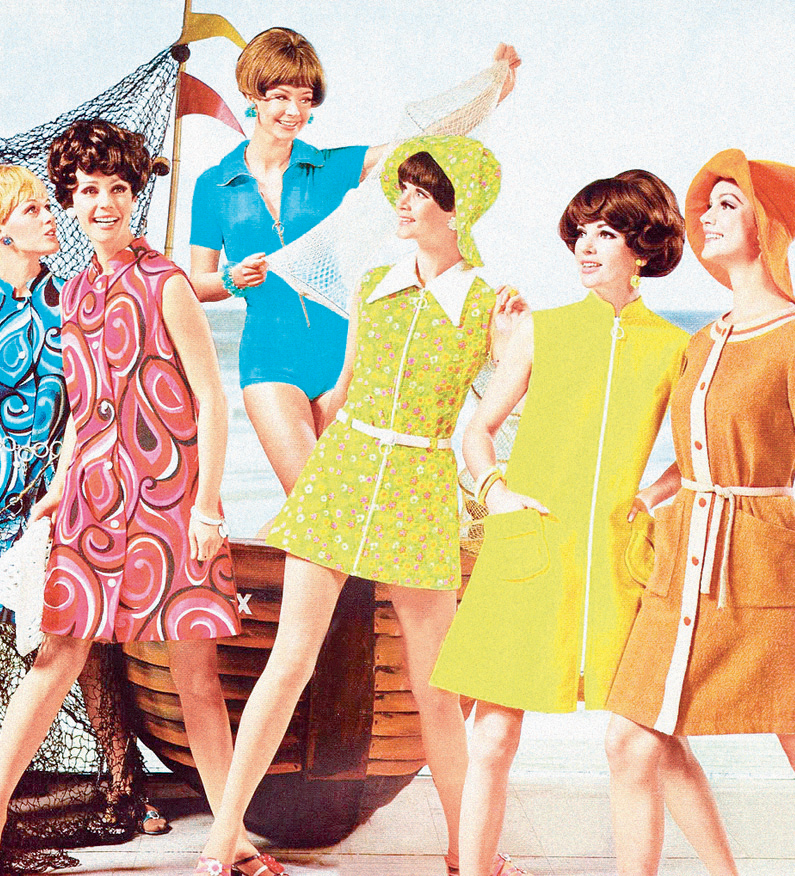
Fashion as an Art Form and Economic Factor
Fashion is an art form that evokes emotions and tells stories through design elements—fabrics, colors, and shapes. Designers are true artists who, with their creations, not only set trends but also create new aesthetics. Designers like Balenciaga have revolutionized the fashion world with their oversized silhouettes and avant-garde designs, initiating a trend toward experimental styles.
Fashion weeks in Paris, Milan, and New York serve as showcases for the international fashion scene, where the latest collections are presented. However, the fashion industry is not just a creative field; it is also a global economic sector that generates immense revenue and employs millions of people. From cotton cultivation to textile manufacturing and retail, the fashion industry forms a complex network that connects continents and cultures.
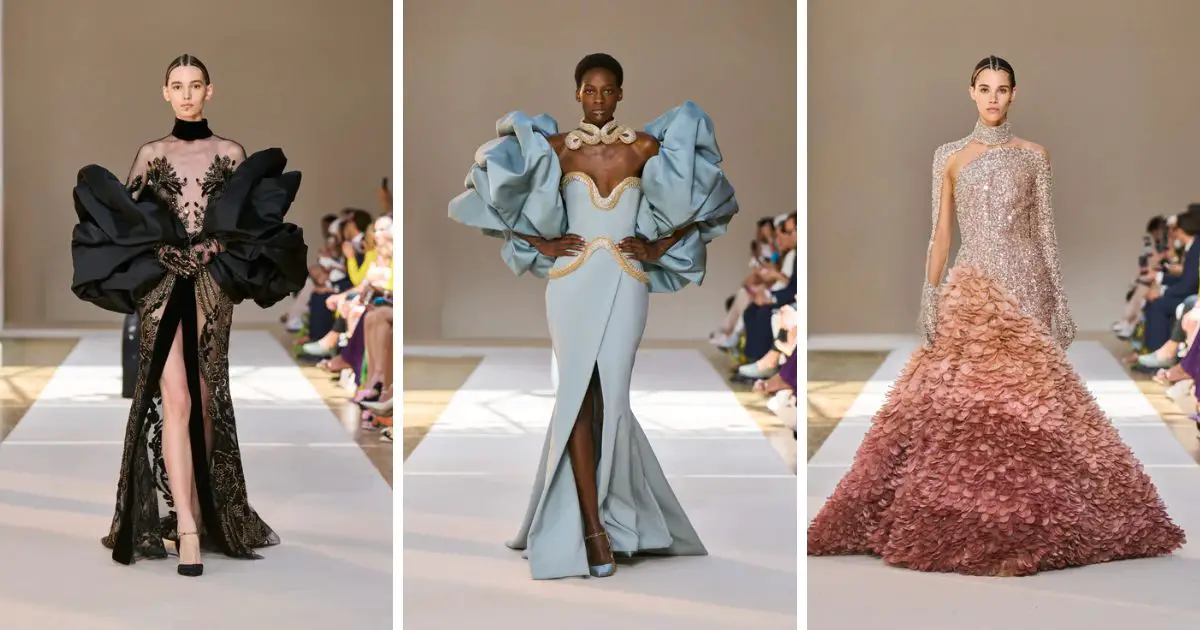
Fashion and Identity: A Reflection of Diversity
Our clothing expresses our personality, allowing us to stand out, signal belonging, and represent our values. The diversity of human experiences is also reflected in fashion. Different cultures have their own fashion traditions and aesthetic ideals.
For instance, the colorful saris of India not only contribute to identity but also tell stories of tradition and celebration. The elegant kimonos of Japan reflect a centuries-old culture, while the casual street styles of the Western world often symbolize individual freedom and creative self-expression.

Fashion and Society: Trends, Values, and Challenges
Fashion acts as a barometer of society, responding to current trends, political events, and social movements. For example, the #MeToo movement has led to increased visibility for feminist fashion that emphasizes empowerment and equality. Designers like Stella McCartney advocate for fashion that is not only beautiful but also responsible.
Sustainability has become an increasingly significant issue. Companies like Patagonia focus on eco-friendly materials and fair production conditions to counter the challenges of fast fashion and environmental impact. It is essential for the fashion industry to recognize its responsibility and commit to more sustainable and ethical production practices.
Technological Developments: The Future of Fashion
The future of fashion will be shaped by individualization, sustainability, and technological innovations. Cutting-edge technologies like 3D printing allow designers to create personalized garments in real-time, while digital platforms such as Daz 3D revolutionize access to fashion for a broader audience. A heightened awareness of ecological issues will also influence the industry, prompting a shift toward sustainable practices and ethical production methods.
Voices from the Industry
Designers and fashion theorists like Rihanna and Karl Lagerfeld highlight the transformative power of fashion in their interviews. Lagerfeld once remarked, “Fashion is like architecture: It is a matter of proportions.” Such perspectives underscore the close connection between the art of fashion and the cultural and social discourse.
Fashion is a multifaceted phenomenon that touches us in various ways. It embodies art, identity, and the reflection of society, serving as a catalyst for innovation. By engaging with fashion, we not only deepen our understanding of ourselves but also contribute to a fairer and more sustainable world.
Cre: The Art Times




